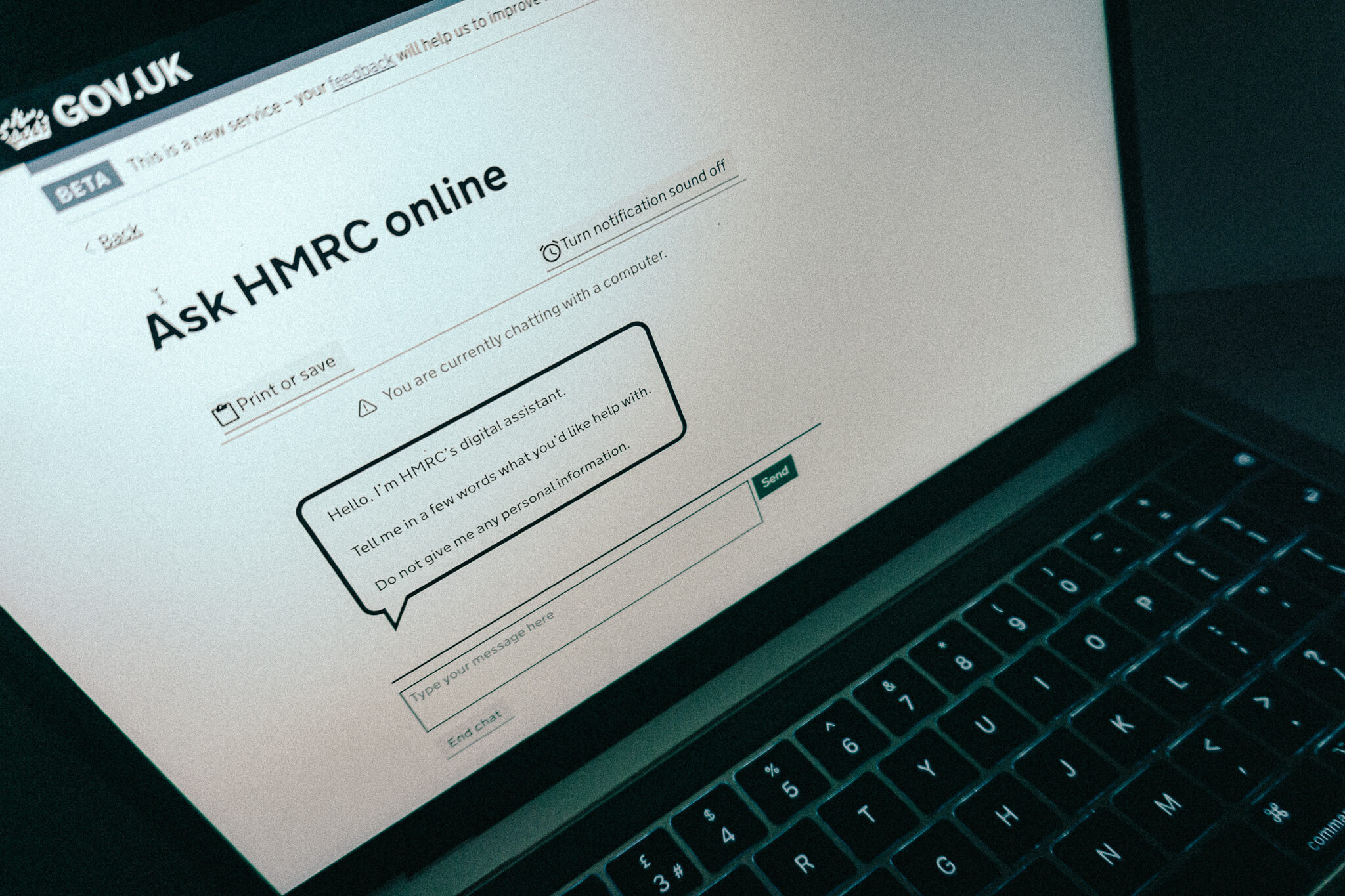Technology-enabled mixed patterns are more common among public bodies, according to research
Credit: Pixabay
Civil servants and other public sector workers are more likely to have technology-enabled hybrid working patterns than those working in the private sector, new Office for National Statistics show.
An ONS survey has found that 48% public servants are working either partly or fully from home, compared with 40% in the private sector.
Business employees were more slightly likely to work solely from home – 15% compared with 13% in the public sector. But hybrid working, that mixes time in the office with working remotely was much more common among public sector workers: 35% compared with 25% in the private sector.
Of the public sector staff surveyed by the ONS, 42% said they were not allowed to work from home at all, and the remaining 10% said they had the option but chose not to. Half of the private employees said they had no choice about working in the office full time.
The ONS study, which ran from September to January, asked participants to describe their last seven days of working and whether they had worked solely from the office, only from home or a mixture.
Related content
- Government property chief on the importance of ‘deciding what hybrid working is and isn’t’
- DfE staff told to abandon homeworking and return en masse to offices ‘immediately’
- HMRC offers two days of homeworking each week in standard contract
Separate data from the Cabinet Office shows government departments’ Whitehall headquarters were between 43% and 83% full as of the latest checks two weeks ago.
Dave Penman, general secretary of the FDA union, which represents senior civil servants, said the government “should take pride in the fact that the civil service led the way on hybrid working and, as we’re now seeing many private sector organisations follow suit”, but warned that “it can’t allow this progress to slip backwards”.
Home working was regularly derided by certain ministers under Boris Johnson’s premiership, with then-Cabinet Office minister Jacob Rees-Mogg frequently urging civil servants to get back to their desks and Johnson claiming home working “doesn’t work”.
Rees-Mogg left notes on empty desks when he visited that read “I look forward to seeing you in the office very soon”.
But a poll by the FDA, published in November, found 62% of the union’s members felt home working had made them more productive; 74% reported an improved work-life balance; and 69% said it had a positive impact on their wellbeing.
Disclosure and Barring Service chief Eric Robinson recently extolled the virtues of increased hybrid working since the onset of the Covid pandemic. In an interview with CSW, he said “staff had always wanted to work in a hybrid way” and he had been “struck” by how much the move had boosted productivity.
But Penman noted that the move to hybrid working in the civil service “started long before Covid-19” and “has the ability to provide huge savings to the taxpayer, while also providing huge benefits for the work/life balance of public servants”.
“The pandemic simply sped up the transition,” he said. “Through strategies like Places for Growth, the civil service estate has been shrunk, based on the premise that hybrid and home working can save money and open up jobs to more regions of the UK. Flexibility at work should be a vital tool in aiding recruitment and retention to the civil service, especially as pay often lags behind comparable roles in the private sector.”




